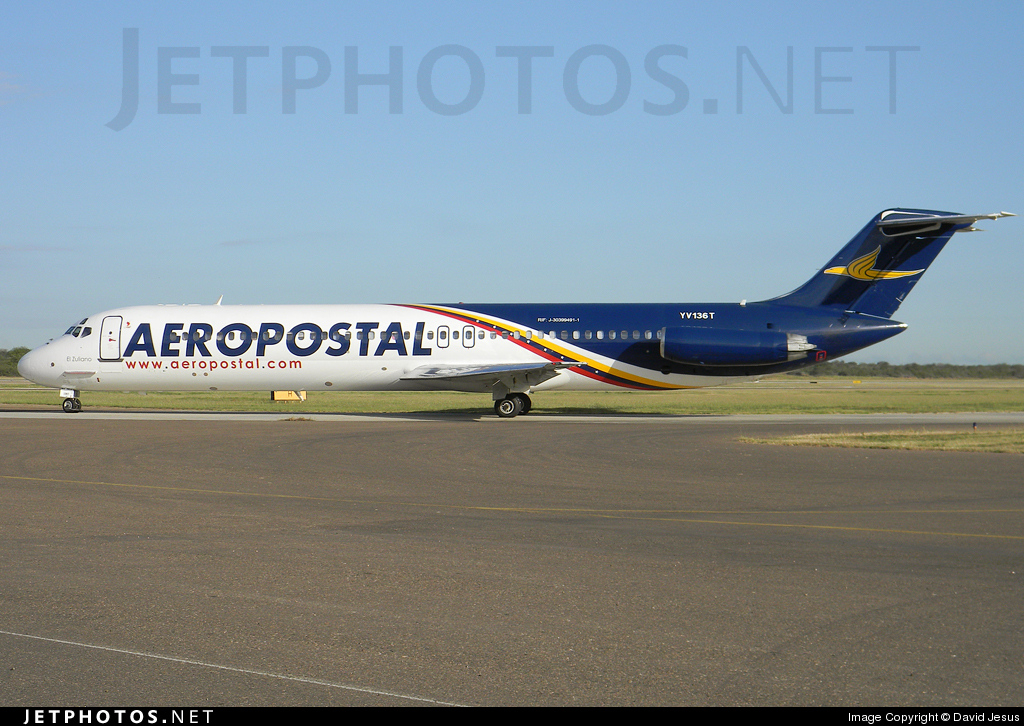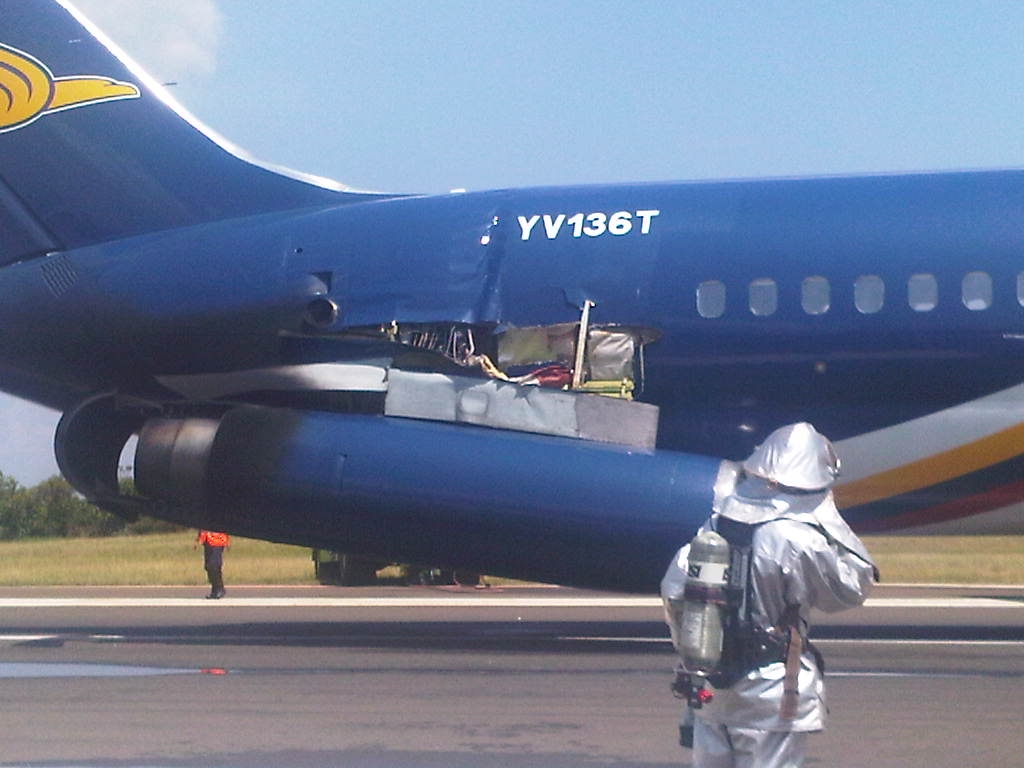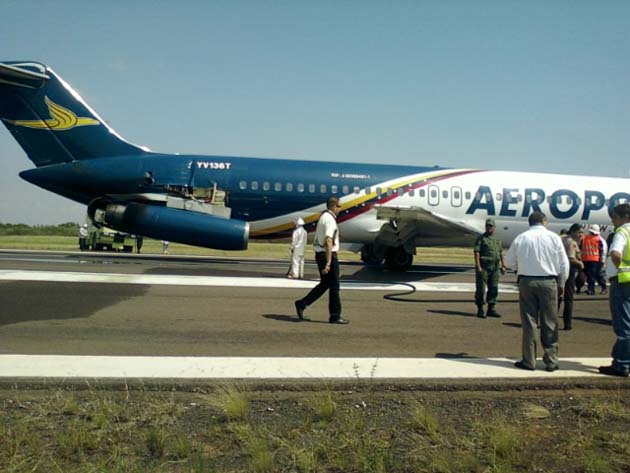Country
Crash of a Douglas DC-9-33CF in Saltillo
Date & Time:
Jan 18, 2014 at 0423 LT
Registration:
XA-UQM
Survivors:
Yes
Schedule:
Managua – Tapachula – Saltillo
MSN:
47191/280
YOM:
1968
Crew on board:
2
Crew fatalities:
Pax on board:
2
Pax fatalities:
Other fatalities:
Total fatalities:
0
Captain / Total hours on type:
9235.00
Copilot / Total hours on type:
525
Aircraft flight hours:
57319
Aircraft flight cycles:
53457
Circumstances:
The aircraft departed Managua on a cargo flight to Saltillo with an intermediate stop in Tapachula, carrying two passengers and two pilots on behalf of DHL. During a night approach to Saltillo Airport, the crew was cleared to land on runway 17. One minute later, he initiated a go-around and decided to divert to Monterrey Airport which was the alternate. Due to a poor flight preparation, the crew was unaware that Monterrey Airport was closed to traffic that night. So few minutes later, the crew returned to Saltillo and was again cleared to land on runway 17. At that time, weather conditions were marginal with a limited visibility due to fog. Following an ILS CAT I approach, the pilot-in-command descended below the MDA and continued the approach despite he did not establish any visual contact with the runway and its equipment. The aircraft landed hard to the right of the runway and on the last third of the runway. After landing, the aircraft rolled for few dozen metres, lost its nose gear and came to rest against an embankment. All four occupants were injured and the aircraft was damaged beyond repair.
Probable cause:
Continuing the precision approach (ILS CAT 1) in conditions of reduced visibility by fog (no visual contact with the runway at an airport below minimums), which resulted in an abrupt landing and misaligned to the right on the last third of the runway, during a second landing attempt. The continuation of the landing was the lack of fuel to fly to a second alternate airport not contemplated in the operation.
Contributing factors:
1. Lack of analysis of pre-flight operational information (current NOTAMs, METAR, forecasts, fuel to second alternate airport and flight tracking).
2. Unstabilized approach.
3. Lack of application of CRM concepts.
4. Lack of adherence to procedure - operations, of providing METAR and NOTAM to the crew for the dispatch of the aircraft.
5. Lack of adherence to the procedure for flight control and tracking.
6. Lack of procedures to establish two alternate airports when the destination airport is below minimums.
7. Lack of Company supervision, operation and maintenance surveillance of aircraft flight recorders.
Contributing factors:
1. Lack of analysis of pre-flight operational information (current NOTAMs, METAR, forecasts, fuel to second alternate airport and flight tracking).
2. Unstabilized approach.
3. Lack of application of CRM concepts.
4. Lack of adherence to procedure - operations, of providing METAR and NOTAM to the crew for the dispatch of the aircraft.
5. Lack of adherence to the procedure for flight control and tracking.
6. Lack of procedures to establish two alternate airports when the destination airport is below minimums.
7. Lack of Company supervision, operation and maintenance surveillance of aircraft flight recorders.
Final Report:
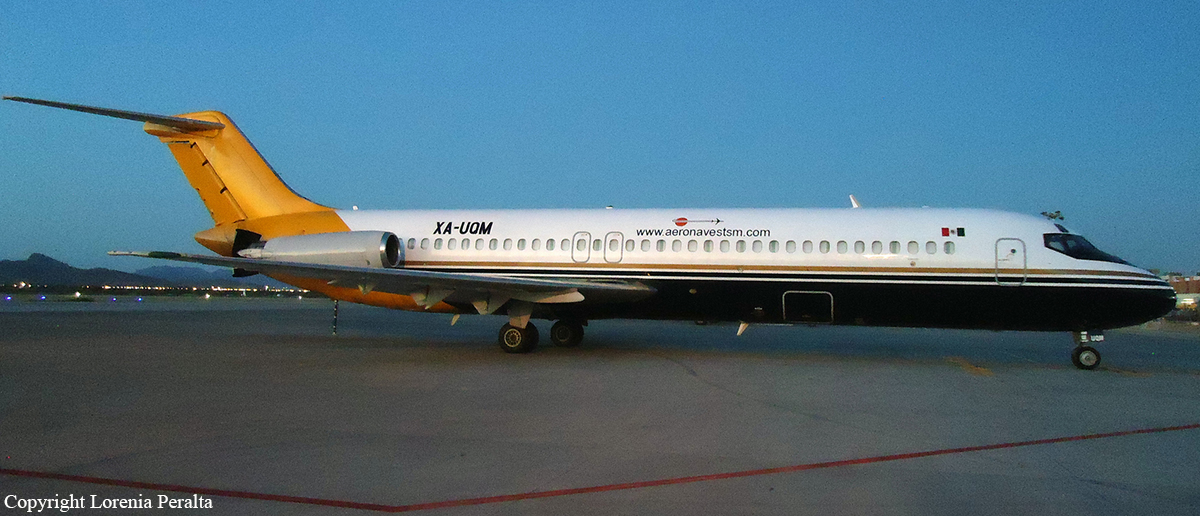
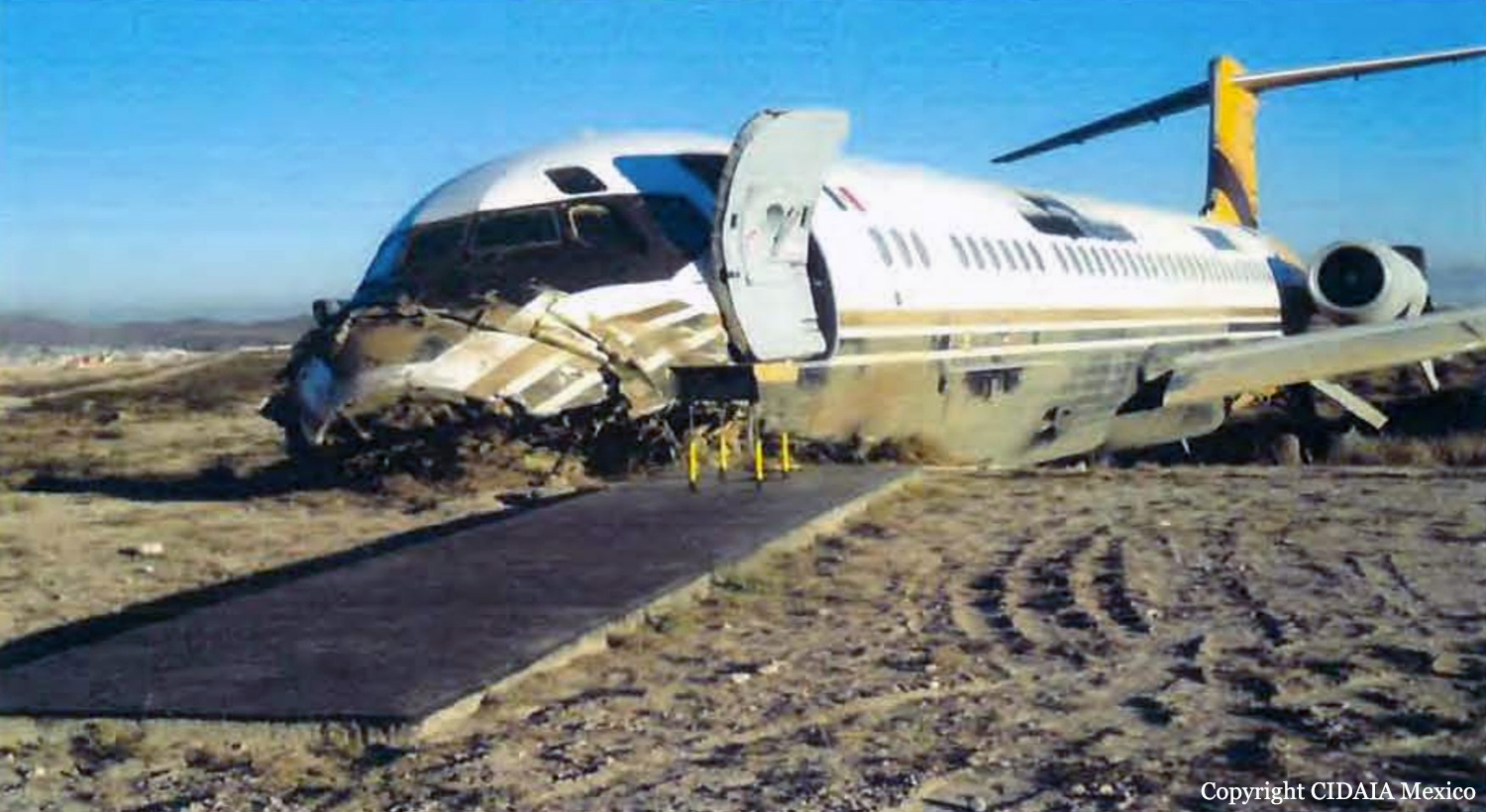

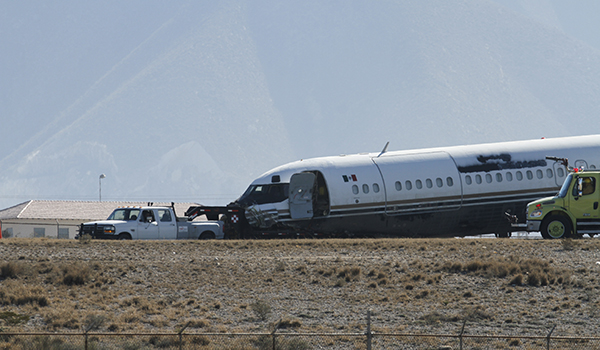
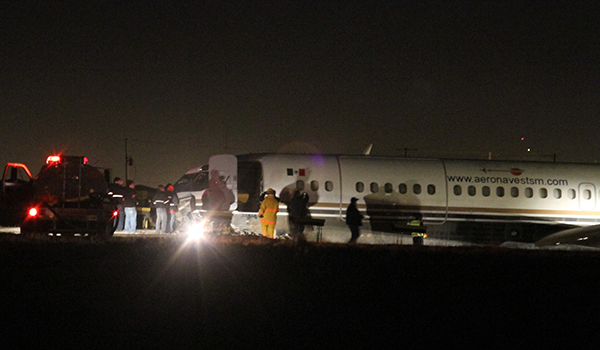
Crash of a Douglas DC-9-51 in Puerto Ordaz
Date & Time:
Sep 26, 2011 at 0922 LT
Registration:
YV136T
Survivors:
Yes
Schedule:
Caracas – Puerto Ordaz
MSN:
47738/830
YOM:
1976
Flight number:
VH342
Crew on board:
5
Crew fatalities:
Pax on board:
125
Pax fatalities:
Other fatalities:
Total fatalities:
0
Aircraft flight hours:
71817
Circumstances:
The aircraft departed Caracas-Maiquetía-Simón Bolívar Airport on a schedule service to Puerto Ordaz, carrying 125 passengers and a crew of 5. On this flight, the copilot was the PIC with the captain acting as instructor and a second copilot who was seating in the jump seat and acting as an observer. During the takeoff roll from Caracas Airport, the liftoff was completed quickly, causing the base of the empennage to struck the runway surface (tail strike). Nevertheless, the captain decided to proceed to Puerto Ordaz. On final to Puerto Ordaz, the approach speed was too low (123,8 knots). The aircraft sank and landed hard, causing the fuselage to be bent at the aft cabin, just prior to the tail, and both engine pylons to fail and to break from the fuselage. The aircraft was brought to a stop on the main runway and all 130 occupants evacuated safely.
Probable cause:
The accident investigators, taking into account the characteristics of the accident and the evidence collected in the course of the investigation, considered the Human Factor as the reason for this accident, being able to demonstrate convincingly the following causes:
- There was a breach of the provisions in Chapter 4 (flight operations policies), paragraph 6 (sterile cabin) of the Operations Manual of the airline due to carrying out activities that were not related to the conduct of the flight.
- Lack of situational awareness of the Flight Instructor, the observer pilot and the first officer.
- The captain performed other duties, adding to the duties already being accomplished in his role as a flight instructor.
- There was a breach of the provisions in Chapter 4 (flight operations policies), paragraph 6 (sterile cabin) of the Operations Manual of the airline due to carrying out activities that were not related to the conduct of the flight.
- Lack of situational awareness of the Flight Instructor, the observer pilot and the first officer.
- The captain performed other duties, adding to the duties already being accomplished in his role as a flight instructor.
Final Report:
